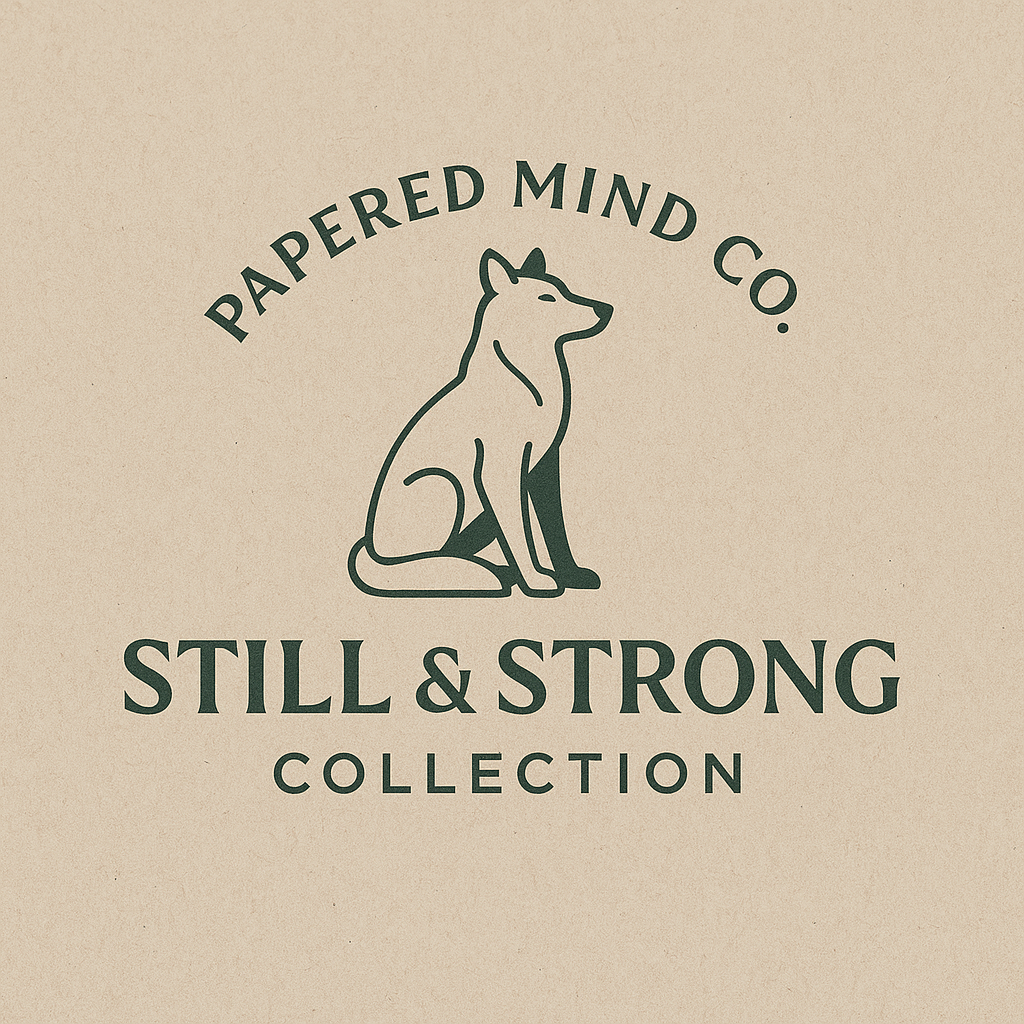Essential Tools for a Mindful Life
- Papered Mind Co.

- Sep 23
- 4 min read
Living mindfully means being present in the moment and fully aware of your thoughts, feelings, and surroundings. It helps reduce stress, improve focus, and enhance overall well-being. To cultivate mindfulness, having the right tools can make a significant difference. This post explores essential tools that support a mindful life, offering practical advice and examples to help you integrate mindfulness into your daily routine.
Understanding Mindfulness Essentials
Mindfulness is more than just a practice; it is a lifestyle. To embrace it fully, you need tools that encourage awareness and calmness. These tools can be physical items, digital apps, or simple habits that guide you toward a more centered life.
Some key mindfulness essentials include:
Meditation cushions or mats: Creating a dedicated space for meditation helps establish a routine.
Journals: Writing down thoughts and reflections can deepen self-awareness.
Mindfulness apps: Guided meditations and reminders keep you on track.
Breathing tools: Devices or techniques that focus on breath control aid relaxation.
Books and resources: Learning more about mindfulness principles strengthens your practice.
Using these tools regularly can help you develop a consistent mindfulness habit that fits your lifestyle.

Practical Tools to Enhance Your Mindfulness Practice
Meditation Cushions and Mats
A comfortable meditation cushion or mat creates a physical boundary for your practice. Sitting on a cushion elevates your hips, allowing for better posture and longer meditation sessions without discomfort. Choose cushions made from natural materials like cotton or buckwheat for breathability and support.
Actionable tip: Dedicate a quiet corner in your home for your meditation space. Keep your cushion there to remind you to practice daily.
Journaling for Mindfulness
Journaling is a powerful tool to capture your thoughts and emotions. It helps you process experiences and recognize patterns in your thinking. Use a simple notebook or a guided journal designed for mindfulness.
Example: Each morning, write three things you are grateful for. This practice shifts your focus to positive aspects of life and sets a mindful tone for the day.
Mindfulness Apps
Technology can support mindfulness when used intentionally. Apps like Headspace, Calm, or Insight Timer offer guided meditations, breathing exercises, and sleep aids. They also provide reminders to pause and breathe during busy days.
Recommendation: Start with a 5-minute guided meditation each morning. Gradually increase the time as you become more comfortable.

Breathing Techniques and Tools
Breathing is central to mindfulness. Simple techniques like box breathing or diaphragmatic breathing calm the nervous system. You can practice these anywhere, anytime.
For those who prefer a tactile experience, consider tools like breathing balls or biofeedback devices that visually guide your breath.
Practice: Try the 4-4-4-4 box breathing method - inhale for 4 seconds, hold for 4, exhale for 4, and hold again for 4 seconds. Repeat for several cycles.
Books and Educational Resources
Reading about mindfulness deepens your understanding and motivation. Books like "The Miracle of Mindfulness" by Thich Nhat Hanh or "Wherever You Go, There You Are" by Jon Kabat-Zinn offer practical insights.
Additionally, exploring resources from the paper mind can provide unique perspectives and tools to enrich your mindfulness journey.

Creating a Mindful Environment
Your surroundings greatly influence your ability to stay mindful. A cluttered or noisy space can distract you, while a calm, organized environment invites peace.
Tips for a Mindful Space
Declutter regularly: Keep only items that bring joy or serve a purpose.
Incorporate natural elements: Plants, natural light, and wooden textures promote calmness.
Use calming scents: Essential oils like lavender or sandalwood can enhance relaxation.
Designate a mindfulness corner: A small area with your meditation cushion, journal, and calming objects encourages daily practice.
By intentionally shaping your environment, you create a sanctuary that supports mindfulness effortlessly.
Integrating Mindfulness into Daily Life
Mindfulness is not limited to meditation sessions. It can be woven into everyday activities to enhance presence and reduce stress.
Simple Mindfulness Practices
Mindful eating: Focus on the taste, texture, and aroma of your food without distractions.
Mindful walking: Pay attention to each step, the sensation of your feet touching the ground, and your surroundings.
Mindful listening: Fully engage when someone is speaking, without planning your response.
Using Tools on the Go
Carry a small journal or use a note app on your phone to jot down mindful observations or gratitude moments. Use mindfulness apps during breaks to reset your focus.
Consistency Over Perfection
Remember, mindfulness is a practice, not a goal. Use your tools to support regular engagement, even if only for a few minutes daily. Over time, these moments accumulate into a more mindful life.
Embracing Mindfulness for Lasting Well-being
Adopting mindfulness essentials can transform your mental and emotional health. The right tools make it easier to stay present, manage stress, and cultivate gratitude.
Start small by choosing one or two tools that resonate with you. Whether it is a meditation cushion, a journal, or a mindfulness app, these essentials provide structure and encouragement.
By creating a mindful environment and integrating simple practices into your routine, you build resilience and joy in everyday life. Explore resources like the paper mind to discover more ways to enrich your mindfulness journey.

Mindfulness is a lifelong journey. With the right tools and commitment, you can cultivate a peaceful, focused, and fulfilling life.





Comments